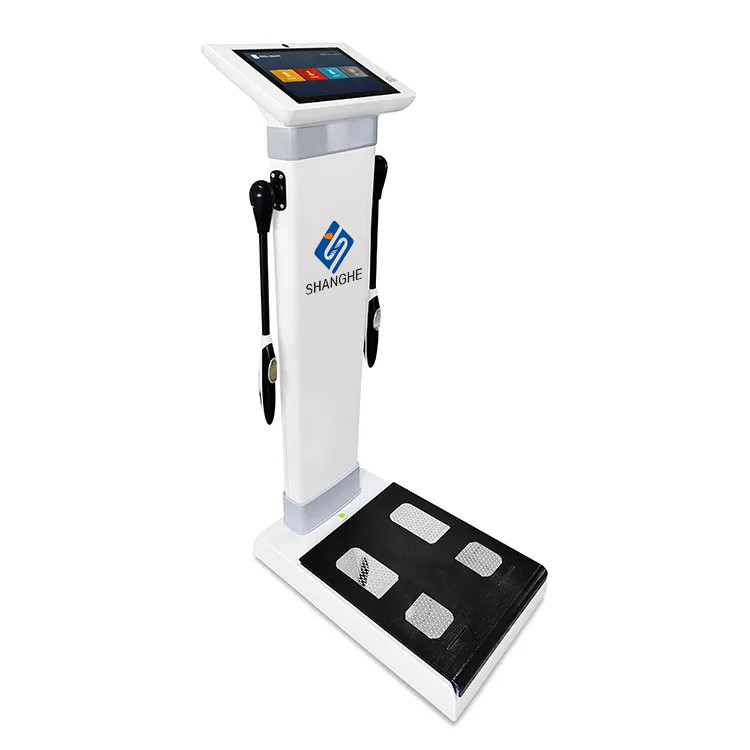Essential Tips for Character Traits Body Analysis Step-by-Step
Essential Tips for Character Traits Body Analysis Step-by-Step
Blog Article
If you’re exploring how character traits body analysis can improve your personal interactions, you’re in the right place.
Whether you’re just starting to learn or already familiar with body reading, this complete guide will give you valuable insights.
Let’s dive into the science of body analysis, starting with how it helps decode personality.
Why Learn Behavioral Body Analysis
One of the main advantages to study body analysis is to gain insights that verbal communication hides. By learning to observe facial expressions, you start decoding emotions that others may not express verbally.
Many professionals use behavioral body reading to improve coaching sessions. Therapists may observe body posture to detect emotional blocks.
This skill reduces misunderstandings and helps build trust, because you’re responding not just to words but also to what the body communicates.

Types of Body Analysis
Some practitioners focus on gestures, reading how the body carries itself to uncover emotional states or stress responses.
In some therapeutic settings, body analysis is combined with touch or movement therapy, helping clients release physical tensions linked to emotional trauma.
While these methods differ in focus, they all share a common goal: to understand the link between posture and psychology.

Body Analysis in Practice
Applying body analysis in real life starts with observation. Begin by noticing stance in different contexts.
In professional settings, body analysis helps build rapport and improve communication. Sales professionals may observe a client’s leaning forward to gauge interest or resistance.
Practicing behavioral body analysis also helps in personal relationships. By paying attention to loved ones’ microexpressions, you may notice stress or emotional needs earlier.
What People Get Wrong About Behavioral Body Reading
A frequent misconception about behavioral body reading is that it’s a fixed system for knowing what someone feels or thinks. In reality, body language must be interpreted within context.
People are shaped by culture, upbringing, and experiences that go beyond physical form.
Parents use body analysis to understand children’s unspoken feelings. Teachers notice students’ posture shifts to catch disengagement.
How the “Body Explains” Model Works
According to this model, muscle tension may point to unconscious defenses.
In “the body explains” practice, professionals observe body segments and map them to psychological traits.
Clients working with “the body explains” methods often experience breakthroughs as they connect physical sensations with emotions.
Ethical Considerations in Body Analysis
Practicing body analysis ethically means respecting privacy and avoiding stereotyping. Observing someone’s body language or traits doesn’t give license to diagnose them without consent or dialogue.
Body analysis should always be paired with active listening and curiosity, rather than rigid conclusions.
When sharing insights from body analysis, it’s crucial to invite dialogue rather than declare facts.
How to Improve Your Body Analysis Abilities
Over time, you’ll sharpen your ability to detect subtle cues and contextual signals.
It’s important to stay humble, knowing that no single signal tells the whole story. Observing clusters of signals gives a more accurate reading.
The goal isn’t to “catch” people hiding things but to understand human behavior more deeply.

Should You Explore Behavioral Body Analysis?
Whether you’re a therapist, learning to read the body opens new dimensions of communication.
We’ve explored applications of body analysis, from modern movement analysis.
Let the process inspire curiosity, empathy, and openness as you unlock the silent language of the human body.
Frequently Asked Questions About Behavioral Body Analysis
What does body analysis mean?
It involves studying how the body expresses subconscious tendencies and communicates beyond words.
Can anyone learn body reading?
While it takes patience and observation skills, you don’t need professional certification to start applying it in daily life.
Is body analysis 100% accurate?
No single gesture or trait offers complete truth; ethical practice involves humility and openness to complexity.
How can I use body analysis professionally?
Many industries benefit from understanding nonverbal cues for better collaboration and empathy.
What’s the difference between body analysis and body language reading?
Both overlap but body analysis may explore deeper character patterns linked to the body’s form.
leitura linguagem corporal análise corporal descubra como Report this page